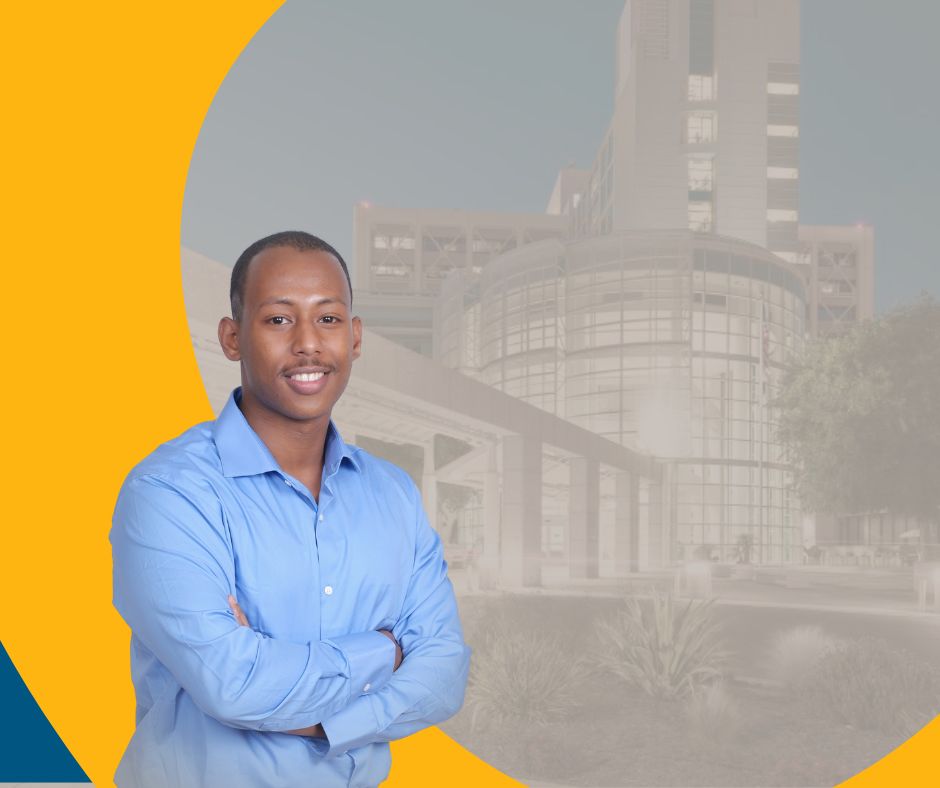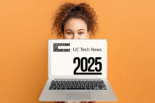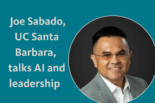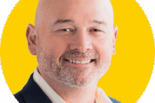When Benyam Alemu Sood joined the mobile team at UC San Diego Health in 2020, the MyUCSDHealth app was facing major challenges. The crash rate stood at 42%, the user interface was not accessible for older or disabled patients, and the App Store rating lingered at just 2.4 stars. In this interview with UC Tech News, on the occasion of his winning the UC Tech Awards 2024 Golden Award for Operational Excellence, he walks through the teamwork and learning process that allowed he and his team to move from a low performing mobile app to one of the most downloaded and top rated healthcare applications on the Apple App Store.
Success metrics – How the team tracked impressive results
Thanks to the teamwork of many Information Services teams and healthcare providers, this transformation led to several record years in mobile application revenue, patient satisfaction and patient engagement, as follows:
- Became the third-most downloaded app out of all United States hospitals
- Patient satisfaction scores doubled, from 2.4 star rating to 4.8 stars
- Crash rate reduced by 94%
- Active sessions per user increased by 480%
- Mobile application revenue rose from under $1 million to $12 – 17 million per year
The story behind the success – lessons-learned
Listening to Users, and Building Real-Time Monitoring Tools
Rather than jumping straight into code, Benyam began with empathy and research. He thought deeply about his clients, who include the most vulnerable members of the community, whom he described as possibly sick and/or elderly and therefore less likely to be able to use technology without the help of technical teams. He revealed an important source of his success – the insight of non-technical teams:
“Usually what helped me the most was asking feedback from our people outside of IT.”
It was through the nurses and the non-technical staff members that he and his team were able to understand how a non-technical person assesses the value of an application. They also relied on reading app store reviews.
At the time, the mobile team had just 1.5 full-time developers. They zeroed in on two high-friction issues: (1) app crashes; and (2) a frustrating login process. Through defensive programming, crash analytics and user behavior tracking, they cut crash rates by 94%.
Benyam built real-time monitoring tools that traced crash points down to the specific button clicked and the error triggered, allowing the team to catch and fix issues before they escalated. The login flow was redesigned with larger buttons, Face ID support and Apple VoiceOver integration, a screenreading technology.
“In healthcare we tend to have sicker and older people than the typical population,” he said. “So you can’t have tiny buttons or fonts that people can read. We made them gigantic, taking up entire screen, and adding helpful technology like Apple VoiceOver. Even if you’re blind, the app will read to you and guide you on how do you operate it.”
Combining being Data-Driven Centric and “Listening Fully” to Customers
One of Benyam’s key strategies for improving the app was building an automated dashboard that categorized user reviews by common issues. As the volume of feedback grew—from just a few dozen reviews to over 10,000—he developed a system that used data science to group complaints into themes, such as login problems, difficulties contacting providers, or general user confusion. This approach allowed the team to quickly identify patterns and prioritize the areas that were most critical to a positive end-result for their customers.
“Through every incoming support email and App Store review – our users are telling us what they like and what they don’t like. I try to read all of their feedback. If we listen fully and understand their motivations, then we can build software workflows that delight patients and expand healthcare access. All we have to do is listen fully and bring their feedback into the center of our design process. I believe this is the most important principle for building outstanding software and industry-leading products.”
Grateful for Superb Management & Mentorship
Benyam attributes his winning the UC Tech Awards a reflection of the support he received across the UC system. He extends special thanks to Jeffrey Engel, a leader on the mobile team; Dave Dewey, his supportive manager; and the Web Services team – Derrick Edwards, Ziya Sun, Ke Yang, Jaime Rios, Ken Jensen, and Miela Lacanilao – for helping bring UC San Diego’s Health’s mobile experience to new heights.
“My team and I were pleasantly surprised to be nominated and honored to receive the Mojgan Amini Operational Excellence award from the University of California. It is a huge achievement to represent our organization of over 264,000 staff members across our statewide network of UC universities and hospitals. The experience has taught me that hard work and a love for learning will always be recognized, no matter what!”
Benyam emphasized his appreciation for healthcare providers, whom he says, “allow us to deliver this healthcare…all of the physicians, nurses, healthcare providers and frontline staff that work so hard – without them none of this impact would be possible. Our impact is only possible because of the excellent care they provide. ”
About Benyam
Benyam’s Bio
Benyam Alemu Sood is a Mobile Applications Developer working in the Web Services team of UC San Diego Health and leading the product design of MyUCSDHealth and other iPhone applications. He has a BS in Biology from UC San Diego and a MS in Computer Science. He is the recipient of the University of California Mojgan Amini award for Operational Excellence and the winner of the UC Health Hackathon.
Becoming “tech” on the job
Benyam did not have a traditional computer science background. He credits mentorship, self-driven learning, and cross-functional teamwork to his success. Starting six years ago, in 2019, he built up his skills by reading, experimenting, and staying deeply engaged in both mobile development and patient experience. Most importantly, he emphasizes, his team provided him with excellent management practices – giving him the information, tools, team members and trust needed to allow him to grow in his role.
Recent milestones
Benyam created 22 iPhone and Android applications released on the Apple App Store and Google Play Store and taught iPhone mobile application development at Stanford Continuing Studies. He created 2 opensource software libraries that make it faster to build iPhone apps.
At UCSD Health, he led 4 consecutive record years which allowed the MyUCSDHealth iPhone app to emerge as one of the most-downloaded and highest-rated medical applications in the United States. He also created the CA Notify website, the exposure notifications system for the State of California – used by 16 million citizens and believed to have saved thousands of lives.
MyUCSDHealth is a central resource for UC San Diego Health patients – allowing them to schedule appointments, pay their bills, message their healthcare providers and interact with their electronic health record.

Related Reading
Contact
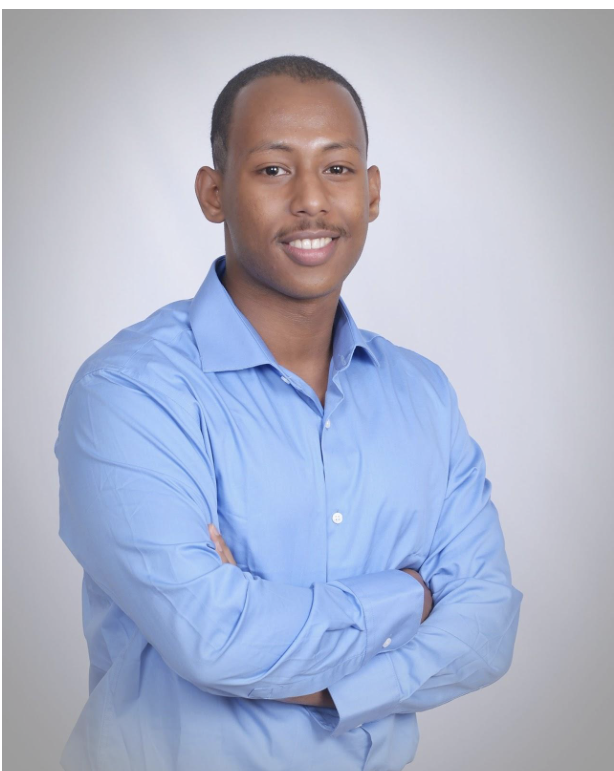
Benyam Alemu Sood
Mobile Application Developer
UC San Diego Health
Author
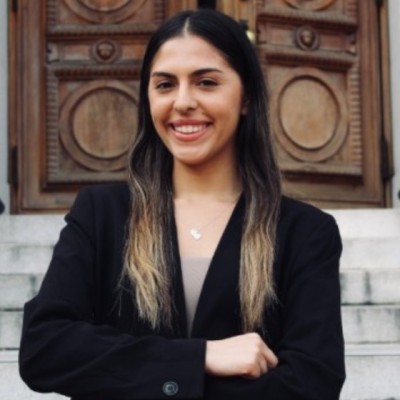
Stephanie Leivas
Digital Design & Content Intern
UC Office of the President

